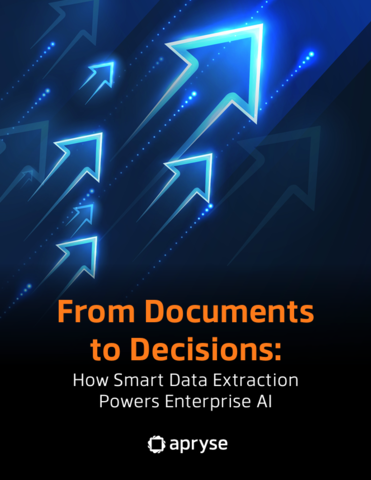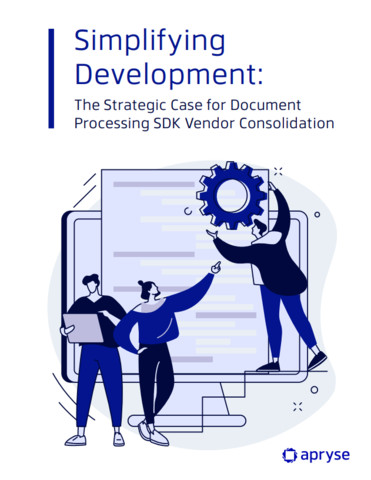The first domino: why data governance holds the key to digital transformation
Sponsored by Bluestonex
Organisations everywhere are racing to undergo digital transformation, eager to harness advanced analytics, artificial intelligence and automation to sharpen their competitive edge. Yet amid the rush towards innovation, a fundamental issue is often ignored: the quality and governance of the data underpinning it all.
At the recent SAP BTP Summit in London, Bluestonex observed a striking statistic – 65 per cent of attendees admitted their organisation’s data quality was poorer than average in the room. This raises a critical question: how can businesses expect transformative outcomes from data that is fundamentally flawed?
The truth is stark: technology alone doesn’t drive change. Successful digital transformation hinges on a solid foundation of robust, reliable data governance and management.
Overlooking the basics
Despite this clear dependency, many organisations sidestep governance in their urgency to modernise. Tempted by new technologies, leaders often overlook the structure and integrity of their data. Governance is assumed to be “handled” or treated as a back-office task – an error that proves costly down the line.
There’s a misplaced belief that technology can compensate for deep-rooted operational gaps. It can’t. When digital programmes are launched without first ensuring data is accurate, accessible and accountable, the result is a sophisticated system built on unstable ground. The impact? Strategic initiatives that look impressive on paper but deliver little in practice.
When data undermines transformation
Poor data quality is one of the most underestimated threats to digital transformation. When information is inaccurate, outdated, incomplete or duplicated – the four horsemen of the digital transformation apocalypse – it quietly compromises every system and decision it touches.
At first, these issues seem minor. But as transformation efforts scale, their impact becomes impossible to ignore. Automation misfires. AI models underdeliver. KPIs become meaningless. Dashboards distort reality. Decision-making stalls and confidence in the transformation strategy begins to crack.
This is where businesses falter – not because the technology is broken, but because the foundation beneath it is. Without governance, visibility and quality at the core, transformation becomes a frustrating layer of complexity. Innovation built on bad data delivers confusion, not clarity.
Smart organisations are recognising this risk early and responding with intent. By investing in governance frameworks and MDM tools that manage quality, enforce standards and provide transparency across domains, they are laying the groundwork for transformation that lasts.
Real-world proof: a true data governance transformation
One organisation that took this approach to heart is WaterWipes, a global leader in sensitive skincare products. In just 18 months, it transitioned from a bespoke legacy system to a modern SAP ERP landscape – in the process making the final of the SAP Innovation Awards 2025. But as go-live approached, a critical issue emerged – data governance had been overlooked.
For a brand trusted by healthcare professionals and parents alike, this wasn’t just an operational concern, it was a reputational risk. Regulatory compliance, product traceability and global reporting all depended on data integrity.
WaterWipes responded quickly. It implemented a scalable data governance solution built on SAP BTP called Maextro, capable of managing critical data domains with built-in validation, automation and transparency. The results were immediate: a 50 per cent acceleration in data processing, a 30 per cent reduction in implementation costs and a clean, compliant core that now powers future innovation.
That journey serves as a clear reminder: data governance isn’t a nice to have. It’s an essential safeguard that protects transformation investments – and, in many industries, customer trust.
Stepping back to move forward
To unlock the full value of transformation, businesses must be willing to take a step back. That doesn’t mean halting progress; it means anchoring innovation in something solid: clean, governed and trusted data.
It starts with a clear-eyed audit. Where are the gaps, duplicates and inconsistencies? From there, assign ownership – appointing data stewards and governance leads who are responsible for maintaining accuracy and compliance. These steps, though unglamorous, lay the path to sustainable change.
Crucially, data governance isn’t a one-time project. It’s an ongoing discipline. When embedded into transformation roadmaps from day one, it becomes a strategic enabler, not a barrier. It ensures the first domino is in the right place – so the rest can fall exactly where they should.
Build on what matters most
Digital transformation is often portrayed as a race towards innovation – but real progress is more tortoise than hare. It begins by building trust in your data. Governance provides the framework for that trust, by managing ownership, ensuring quality and enforcing consistency.
It doesn’t have to be overwhelming. Start by identifying high-impact data domains, assigning responsibility and introducing clear rules. Scalable master data tools – many available on platforms such as SAP BTP – can help automate and enforce this, providing visibility and control as transformation expands.
Don’t treat data governance as an afterthought. Make it the foundation. Because when done right, it doesn’t slow you down – it’s the first domino that enables everything else to move forward with confidence.
Click here to find out more about Bluestonex

Business Reporter Team
Most Viewed
Winston House, 3rd Floor, Units 306-309, 2-4 Dollis Park, London, N3 1HF
23-29 Hendon Lane, London, N3 1RT
020 8349 4363
© 2025, Lyonsdown Limited. Business Reporter® is a registered trademark of Lyonsdown Ltd. VAT registration number: 830519543





